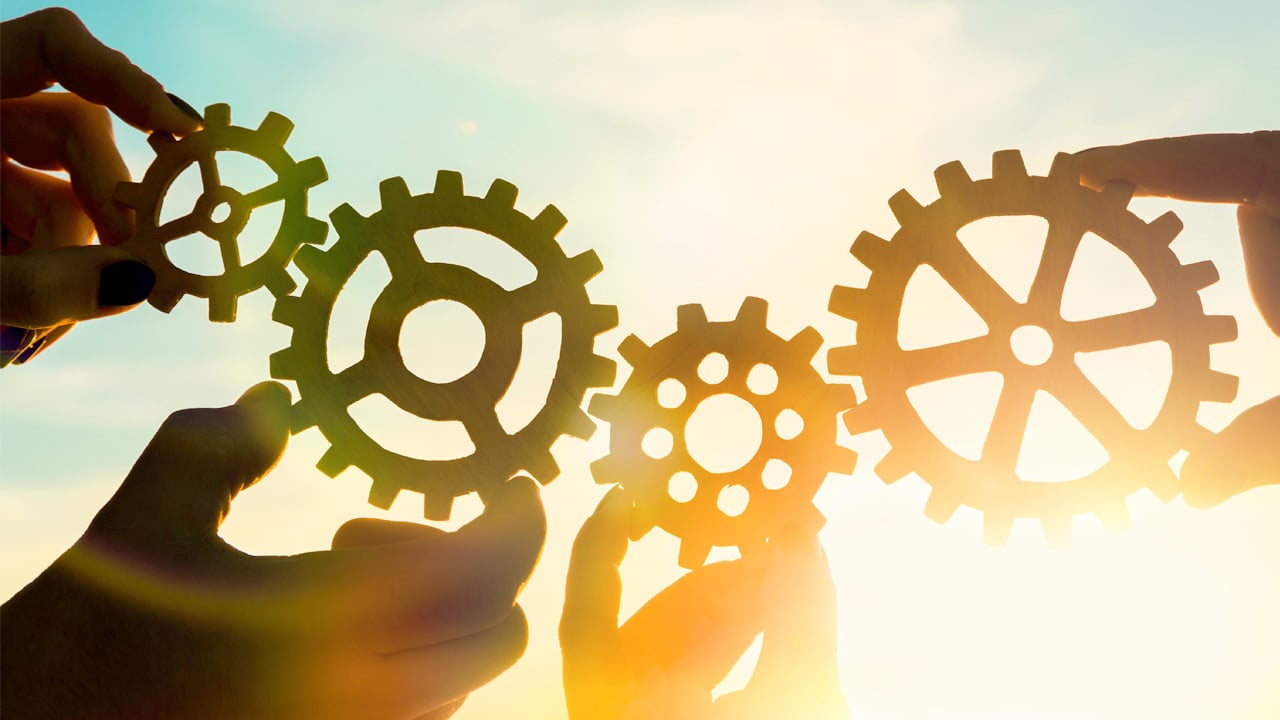What is Agile?
Agile is a mindset that enables businesses to succeed in uncertain environments. When coined as a term in 2001, agile is described as a common set of principles shared by several approaches to software development. Today, an agile way of working delivers higher quality products in a shorter time, no matter what is being created.
Increasingly, executives and managers across the globe are seeking agile coaching and training to create a culture of agility throughout the organisation, from HR to the C-suite. The agile approach they turn to most often is Scrum.
What is Scrum?
Scrum is an agile approach that relies on teams to deliver products in short cycles, enabling fast feedback, continual improvement, and rapid adaptation to change.
Imagine a business needs to build a new product for their customers. It could be anything from a new financial platform to an advertising video or even a car engine. Traditionally, the company might create the product using a ‘conveyor belt’ methodology: The product starts in one department, then is passed to another department where they work on their piece, then pass it on again until it ends up at its final delivery point. Often by the time it arrives, it no longer matches the needs of an ever-changing market. This is usually called the “waterfall” or top-down project management approach.
Now, imagine a Scrum team. A Scrum team breaks the new product into small batches of functionality that can be completed in short timeframes. Each batch is created by a cross-functional team who have the skills necessary to bring the product from idea to delivery, without transferring it down a conveyor belt of handoffs. As each batch is completed, the customers and stakeholders give feedback that informs the next batch of functionality. This cycle repeats until the full product is delivered — a product that meets customer needs because the business had the opportunity to adjust the fit at the end of each time frame.
85% OF THE RESPONDENTS OF A RECENT STATE OF SCRUM REPORT SAY THAT SCRUM CONTINUES TO IMPROVE THE QUALITY OF THEIR WORK LIFE.
How are Scrum and agile different from traditional methodologies?
The challenge with the Waterfall methodology is that once one step is complete, it’s almost impossible to go back (and potentially improve) without scrapping the whole project. This approach costs time and money.
Enter the agile approach. Scrum is used to break down complex projects into smaller pieces, thereby allowing your team to continuously deliver value on a more frequent basis. It’s a more collaborative and flexible approach, so you can respond to your client’s evolving needs and changes in the market.
What is the difference between agile and Scrum?
Agile is an umbrella term that refers to a specific way of working and mindset. Scrum is the most commonly used agile approach. Other agile methodologies include Kanban, Lean Software Development, Extreme Programming (XP), Crystal, Dynamic Systems Development Method (DSDM), Feature Driven Development (FDD). The agile movement began in software development but has spread across teams, functions and departments. Many organizations use Scrum in combination with other agile principles and practices to organize their teams and business initiatives.
Read the Agile Manifesto and the Scrum Guide for more information.
If you are ready to take your learning to the next level, sign up for a live online course and achieve your Scrum Alliance certification.
Stay tuned for the next post in the Scrum fundamentals series
Excerpts from this piece were originally published in Business Insider.
Get the latest resources from Scrum Alliance delivered straight to your inbox
Subscribe